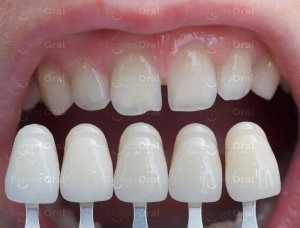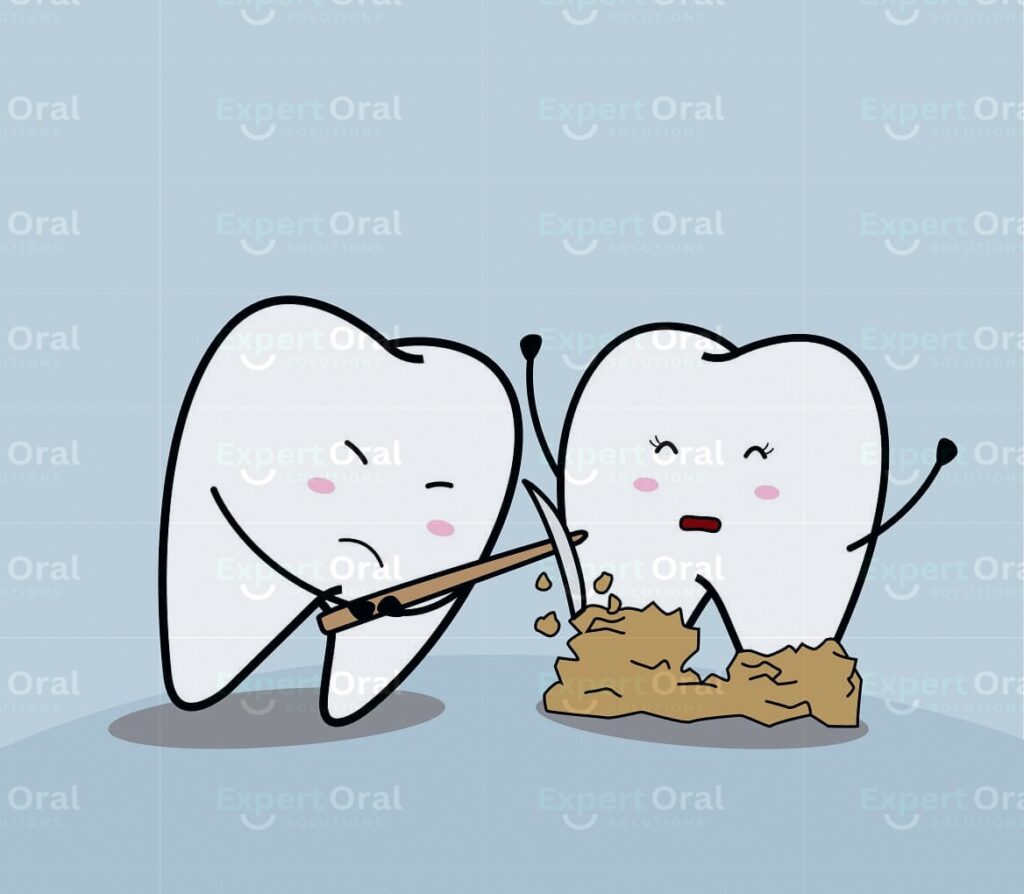Veneers, thin shells of porcelain or resin bonded to the front of teeth, are often associated with achieving a dazzling, Hollywood smile. While they primarily address cosmetic concerns, there are scenarios where veneers can be deemed medically necessary. Understanding these situations empowers you to make informed decisions about your oral health.
Veneers: Primarily a Cosmetic Enhancement
It’s crucial to recognize that veneers are primarily a cosmetic treatment. They address issues like:
- Discoloration: Deep stains due to medication, trauma, or excessive consumption of staining foods/drinks can significantly impact aesthetics.
- Minor Chips or Cracks: Small cracks or chips in teeth can be unsightly and potentially affect bite function.
- Uneven Tooth Shape or Size: Veneers can reshape teeth to achieve a uniform and aesthetically pleasing smile.
- Gaps Between Teeth: Veneers can close minor gaps between teeth, enhancing the cosmetic appearance of the smile.
Medically Necessary Scenarios for Veneers:
While uncommon, there are situations where veneers can be classified as medically necessary. Here are some instances:
- Severe Tooth Fractures: When a significant portion of the tooth is fractured or chipped, compromising its structural integrity, veneers can restore the tooth’s functionality and prevent further damage.
- Excessive Tooth Wear: Severe wear and tear due to grinding or other factors can leave teeth vulnerable and affect bite function. Veneers can act as protective shells, restoring the tooth’s structure and preventing further complications.
- Medically Induced Tooth Discoloration: Certain medications or medical treatments can cause permanent discoloration of teeth. In such cases, if the discoloration significantly impacts a patient’s self-esteem or mental well-being, veneers might be considered medically necessary.
Factors Influencing Medical Necessity:
Determining medical necessity for veneers involves a dentist’s professional assessment. Here are crucial factors considered:
- Extent of tooth damage: Veneers are unlikely to be deemed necessary for purely cosmetic concerns like minor chips or discoloration.
- Compromised tooth functionality: If the damage significantly affects chewing, speaking, or overall oral health, veneers might be considered a restorative solution.
- Alternative treatment options: The dentist will explore if alternative, less invasive procedures like bonding or crowns can address the issue effectively.
Insurance Coverage for Medically Necessary Veneers:
Dental insurance plans typically cover procedures deemed medically necessary. However, coverage for veneers often falls under the cosmetic dentistry category and might not be fully covered.
Here’s what to expect:
- Contact your insurance provider: Every plan has different guidelines. Inquire about coverage specifics for veneers in situations deemed medically necessary.
- Dental records and justification: The dentist will likely need to provide detailed documentation outlining the medical necessity for veneers, including X-rays and treatment plans, to your insurance company.
- Partial coverage: Even if deemed medically necessary, some plans might only offer partial coverage for the procedure.
Remember:
- Consult a qualified dentist: A thorough examination and diagnosis are crucial to determine the most appropriate treatment course.
- Open communication is key: Discuss your concerns and expectations with your dentist. They can explain the available options, including potential costs and insurance coverage.
- Explore all possibilities: Veneers are just one solution. Ask your dentist about alternative procedures that might address the issue effectively and potentially fall under your insurance coverage.
References:
- American Dental Association (ADA): https://www.ada.org/
- National Association of Dental Plans (NADP): https://www.nadp.org/
Disclaimer: The information provided in this blog is for general informational purposes only and should not be construed as medical advice. Please consult with a qualified dentist to discuss your individual circumstances and treatment options.




